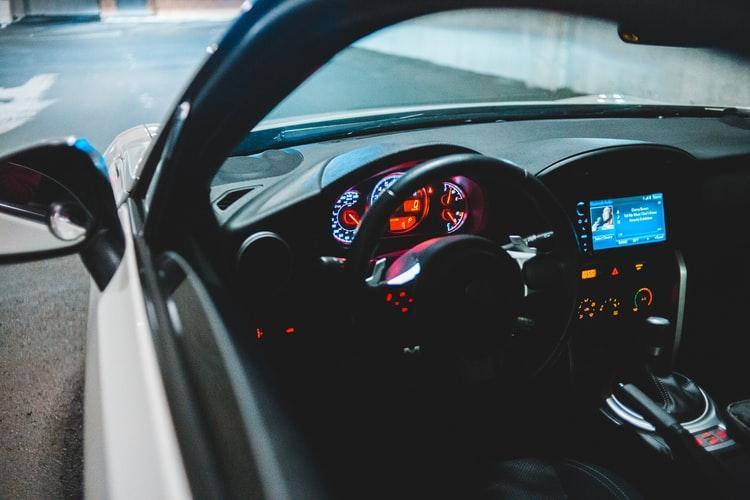“Autonomous cars will be here in 2 years” has been a standard sentence from the industry for the past 5 years or so. Now there is good reason to expect autonomous ride-hailing services to hit our roads within 3 years. So, what has happened in the last year in the world of autonomy to give this confidence boost?
Well, a few things actually. Breaking the previous year down into the most significant advancements: COVID-19 has kick-started the next phase of autonomous testing, technology maturity continues to more than double year on year, sensor prices are coming down and performance is increasing, and there are genuine autonomous services available, just in very limited conditions. To mark Autonomous Vehicle Day, observed on May 31, this article examines progress in more detail.
The impact of COVID-19
The COVID-19 pandemic has undoubtedly had a devastating impact on the world over the past year or so. However, opportunity can often be found in the face of adversity, and this was the case for autonomy. At the beginning of the pandemic, the companies that had been testing autonomous services with safety/backup drivers behind the wheel (Waymo, Cruise, Baidu, Pony, etc.) were forced to cease testing.
There was concern about the social contact between the riders and the safety drivers being a factor in spreading the pandemic. Here is where the opportunity was presented; it seemed that the safest way to continue testing was without the safety driver behind the wheel. In July 2020, AutoX became the first MaaS company1 to gain a driverless testing license, a world-first which allowed them to operate driverless vehicles in California. The new license type allowed them to operate a fully autonomous service in San Jose, limited to roads with a posted speed limit of 45mph or less.
Following that, another six companies have been granted similar licenses in California and others have gained similar licenses for parts of China. COVID-19 may have been the catalyst needed to transition from safety-driver-based testing to fully autonomous testing. This is not to say that the industry was not ready for the transition, but the pandemic definitely put pressure on the governing bodies to progress to the next step.
Technology maturity
MaaS operators have been testing their autonomous solutions in California since 2015, and since then they have been publishing reports about the performance of their systems. The most important outcome from this data is the miles per disengagement metric, which describes the average distance an autonomous vehicle can travel without human intervention. IDTechEx‘s analysis of this data shows exponential growth in the miles per disengagement, with the figure more than doubling each year.
By extrapolating this growth IDTechEx predicts that within 3 years autonomous vehicles will be performing more safely than the average American driver. IDTechEx even went one step further and found that within 25 years autonomous vehicles will be able to travel the same annual distance as the entire US fleet without a single disengagement. There are still obstacles to overcome, such as testing in more urbanized areas and the establishment of cost-effective sensor suites. Waymo and Cruise have recently gained permission to test in the urban centers of San Francisco which will help with the former.
Link: https://www.idtechex.com/en/research-article/autonomous-mobility-as-a-service-maas-is-2-3-years-away-for-real/23921
Source: https://www.idtechex.com
